Picture this: A customer lands on your online store, and it feels like it was built just for them—products they love, offers tailored to their style, and a checkout so smooth they’re already planning their next purchase. That’s the magic of personalised shopping experiences. With global e-commerce sales soaring past $6.8 trillion in 2025 (Statista.com, 2025), personalisation isn’t a trend—it’s the backbone of customer loyalty. Shoppers now expect brands to know them, with 81% preferring companies that tailor experiences to their needs (Ecwid.com, 2024). This guide explores how to create hyper-personalised journeys on platforms like Shopify, using AI, data, and real-world strategies to boost conversions, engagement, and loyalty. Inspired by top retailers like Amazon and Nike, we’ll show you how to outshine competitors in 2025’s crowded market.
Why Personalisation Is Non-Negotiable in E-commerce
Personalised shopping experiences turn casual browsers into loyal fans. They cut through the noise of 26 million e-commerce sites (Insider.com, 2024) by making customers feel seen—70% say it makes them feel “known” (Wisernotify.com, 2024). Poor personalisation frustrates 74% of shoppers, and 66% won’t buy if recommendations miss the mark (Clerk.io, 2025). Meanwhile, tailored experiences can lift average order value by 98% (Contentful.com, 2025) and deliver a 400% ROI for retailers investing in it (Contentful.com, 2025). Whether you’re a small Shopify store or a growing enterprise, personalisation drives sales, reduces churn, and builds trust. Let’s explore how to make it happen.
Step 1: Build a Data Foundation That Powers Personalisation
Data is the fuel for tailored experiences, but it’s about quality, not just quantity. Here’s how to collect and use it effectively:
- Behaviour Tracking: Use Shopify’s analytics or tools like Hotjar to monitor clicks, views, and abandoned carts. This reveals what customers want without them saying a word.
- Customer Profiles: Capture zero-party data (e.g., preferences via quizzes) and first-party data (purchase history, account details). 83% of shoppers are willing to share data for personalisation (Clerk.io, 2025).
- Social Insights: Analyse likes, shares, and comments on platforms like Instagram to spot trends. TikTok’s shoppable posts are driving 37.8 million US shoppers in 2025 (SellersCommerce.com, 2025).
- Email Metrics: Track opens and clicks in Shopify Email or Klaviyo to refine campaigns—personalised emails see 29% higher open rates (Wisernotify.com, 2024).
A coffee brand used Shopify’s customer data to tag “espresso lovers,” sending targeted offers that spiked conversions by 20%.
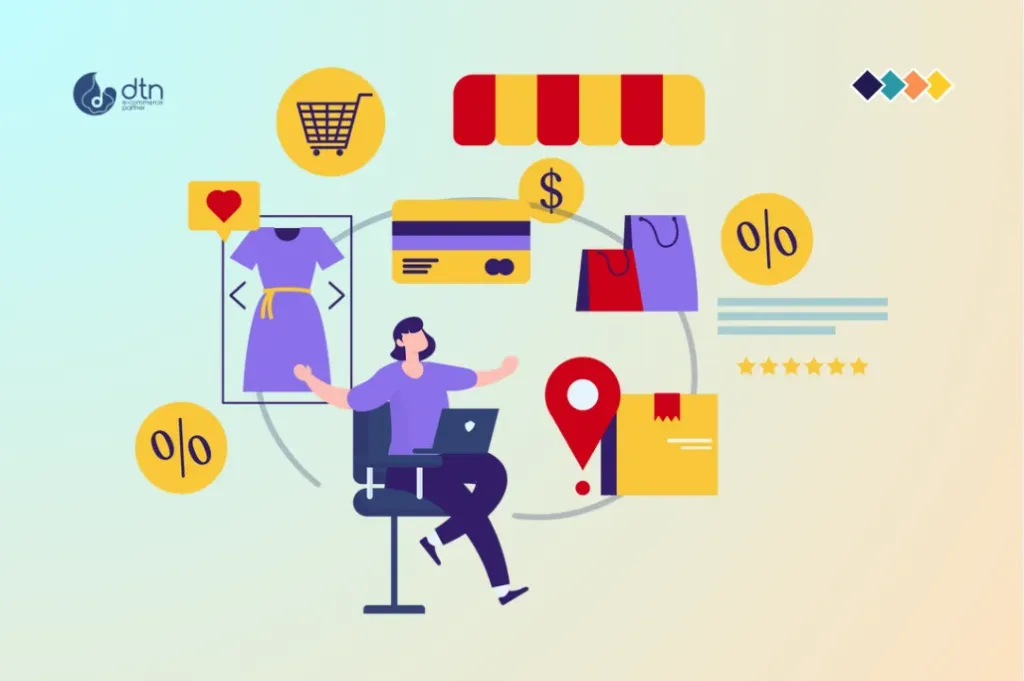
Step 2: Master Personalisation Techniques That Convert
With data in hand, deploy strategies that make every interaction feel one-on-one:
- Smart Recommendations: Use Shopify’s built-in algorithms or apps like Clerk.io to suggest products based on browsing or past buys. These influence 92% of shoppers to purchase (Clerk.io, 2025).
- Tailored Search: Adjust search results by location or history—e.g., showing winter coats to UK shoppers in January. Shopify’s Search & Discovery app makes this seamless.
- Dynamic Offers: Offer discounts based on behaviour, like 10% off for abandoned carts. Apps like Yotpo personalise in real-time.
- Custom Content: Curate blogs or videos for segments—think “Vegan Skincare Tips” for eco-conscious buyers.
- Price Testing: Experiment with dynamic pricing via apps like PriceMole, adjusting based on demand or loyalty status.
Nike’s site uses AI to recommend running shoes based on past searches, creating a “just for me” feel that keeps shoppers clicking.
For checkout tweaks, see our Shopify customer account guide.
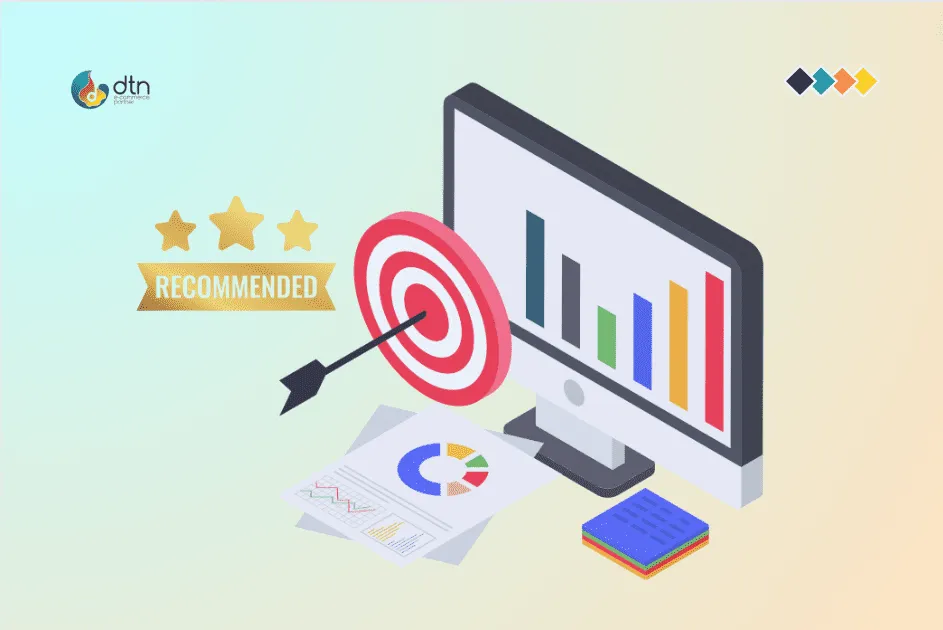
Step 3: Leverage AI and Emerging Tech for Hyper-Personalisation
In 2025, AI is the engine behind next-level personalisation, with the e-commerce AI market hitting $9.01 billion (Emarsys.com, 2025). Here’s how to use it:
- AI Recommendations: Tools like SAP Emarsys analyse real-time data for precise suggestions, boosting loyalty by 31% (Emarsys.com, 2025).
- Predictive Analytics: Anticipate needs—e.g., suggesting sunscreen before summer. Shopify Magic can automate this.
- Chatbots and Voice: AI chatbots on Shopify (e.g., Tidio) handle queries 24/7, while voice commerce via Alexa grows, with 30% of sales expected by 2030 (Wisernotify.com, 2024).
- AR/VR Try-Ons: Let customers “try” products virtually—AR users hit 100 million in the US alone (BigCommerce.com, 2025). Apps like Threekit integrate with Shopify.
Sephora’s AR shade finder personalises makeup picks, cutting returns by 15% through confident purchases.
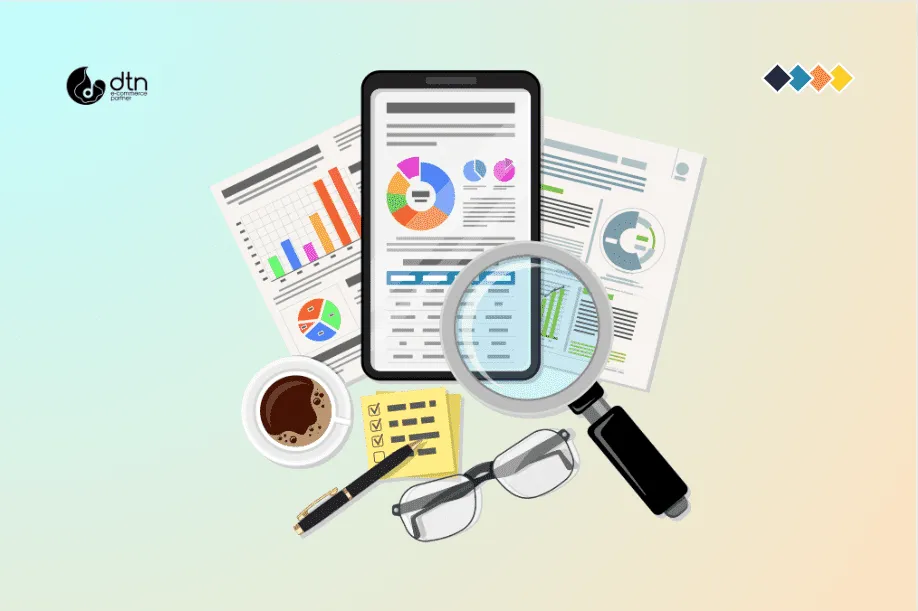
Step 4: Balance Personalisation with Privacy and Ethics
Shoppers love personalisation but demand trust—57% share data only for relevant offers (Contentful.com, 2025). Avoid missteps:
- Transparency: Clearly explain data use in your Shopify privacy policy. Add opt-out options at signup.
- GDPR Compliance: Use apps like Osome to meet EU/UK regulations, avoiding fines.
- Bias-Free Algorithms: Audit AI tools to ensure fair recommendations across demographics.
- Minimal Data Use: Collect only what’s needed—67% of retailers find purchase history most valuable (Contentful.com, 2025).
A fashion brand added a “Why we personalise” popup, increasing trust and data-sharing consent by 10%.
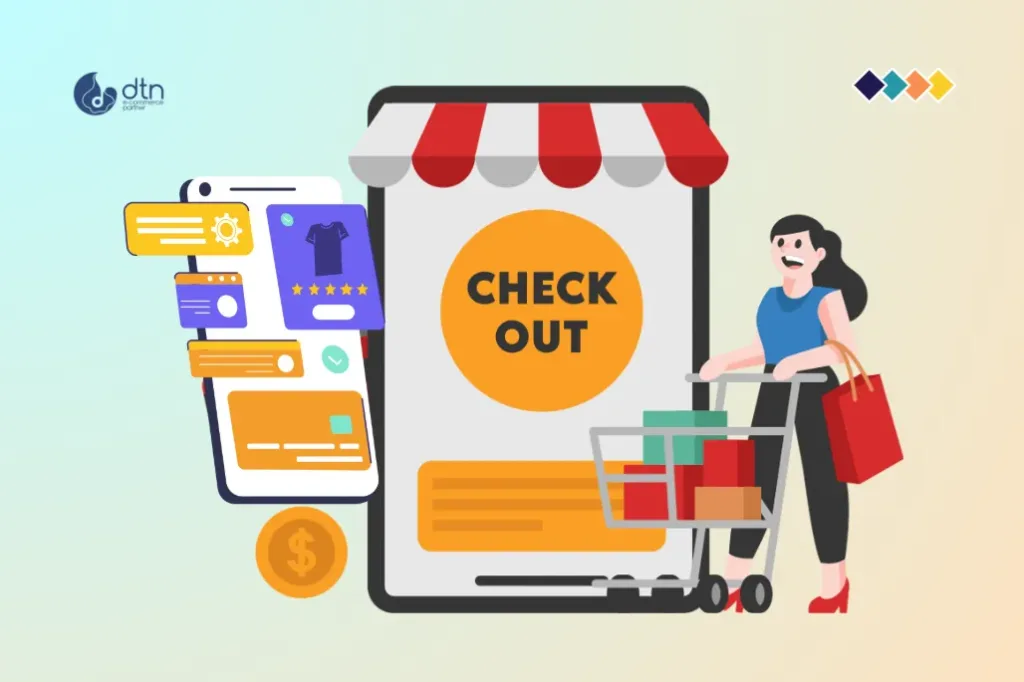
Step 5: Optimise and Scale with Real-Time Insights
Personalisation thrives on iteration. Keep refining to stay ahead:
- A/B Testing: Test recommendation placements or email subject lines via Shopify Flow or Google Optimize.
- Analytics Monitoring: Track metrics like conversion rates (aim for 2.5% average, per SellersCommerce.com, 2025) and time on site.
- Community Building: Create branded groups like FAB CBD’s 18,000-member forum to gather feedback and drive loyalty (Shopify.com, 2024).
- Mobile Focus: With 59% of sales from mobile (Voyado.com, 2025), optimise for speed and thumb-friendly navigation.
A pet store tested personalised cart reminders, lifting conversions by 18% with tailored product nudges.
Practical Tips to Kickstart Personalisation
- Start Small: Use Shopify’s native recommendations to test impact—free and easy to set up.
- Integrate Apps: Try Clerk.io or Yotpo for advanced features without breaking the bank (£10-30/month).
- Leverage Social: Embed shoppable TikTok posts—47.5 million US shoppers use Instagram for purchases (SellersCommerce.com, 2025).
- Check Weekly: Audit mobile UX and data compliance to avoid friction or fines.
For more on mobile, check our shipping setup guide.
Q&A: Personalised Shopping Experiences in 2025
Why are personalised shopping experiences critical for e-commerce?
They boost engagement, lift conversions (by 20%, per Insider.com, 2024), and foster loyalty, with 63% of customers paying more for tailored brands (Shopify.com, 2024).
What data drives personalisation in e-commerce?
Use website analytics, customer profiles, social media insights, and email metrics—83% of shoppers share data for better experiences (Clerk.io, 2025).
What are the best personalisation techniques for Shopify?
Smart recommendations, tailored search, dynamic offers, custom content, and price testing—98% of retailers see higher order values (Contentful.com, 2025).
How does AI enhance e-commerce personalisation?
AI powers precise recommendations, predictive analytics, chatbots, and AR try-ons, with a $9.01 billion market in 2025 (Emarsys.com, 2025).
What ethical considerations matter in personalisation?
Ensure transparency, GDPR compliance, bias-free algorithms, and minimal data use—57% of shoppers share data only for relevant offers (Contentful.com, 2025).
Conclusion: Shape the Future with Personalised E-commerce
In 2025’s $6.8 trillion e-commerce landscape (Statista.com, 2025), personalised shopping experiences are your edge. By blending data, AI, and ethical practices, you can create journeys that feel uniquely tailored, driving 400% ROI (Contentful.com, 2025) and turning browsers into lifelong customers. From Shopify’s native tools to apps like Yotpo, the technology is ready—now it’s your move.
Start today: Enable one personalisation feature, test its impact, and scale from there. Reach our e-commerce experts for hands-on support. Let’s make your store unforgettable.
References
- Statista.com, 2025: https://www.statista.com/outlook/emo/ecommerce/worldwide
- Shopify.com, 2024: https://www.shopify.com/blog/personalization-trends-2025
- Ecwid.com, 2024: https://www.ecwid.com/blog/consumer-trends-2025
- Insider.com, 2024: https://useinsider.com/ecommerce-personalization-strategy/
- Contentful.com, 2025: https://www.contentful.com/r/39-ecommerce-personalization-statistics/
- Clerk.io, 2025: https://www.clerk.io/blog/product-recommendations-statistics
- SellersCommerce.com, 2025: https://www.sellerscommerce.com/blog/ecommerce-statistics-2025/
- Emarsys.com, 2025: https://emarsys.com/learn/blog/e-commerce-personalization-trends/
- Voyado.com, 2025: https://voyado.com/en/insights/ecommerce-trends-2025/
- BigCommerce.com, 2025: https://www.bigcommerce.com/articles/ecommerce-trends/
- Wisernotify.com, 2024: https://wisernotify.com/blogs/ecommerce-personalization-statistics



